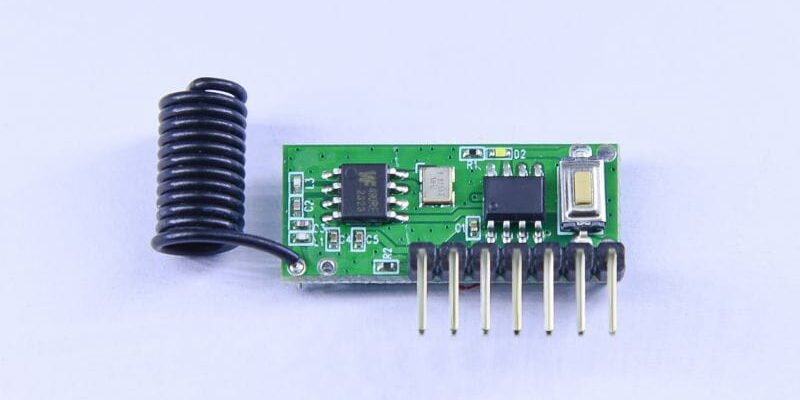Pressure sensors offer a variety of voltage output options — so what actually separates one analogue voltage output from another? Let’s take a look.
Catalogue
As controllers that read sensor signals have evolved, designers now have far more flexibility. Many output options differ only slightly — some manufacturers keep an edge through custom designs, while others have specific benefits. The output types discussed here all need at least a 10 VDC supply (0–10 V and 1–10 V outputs typically require 12 VDC). The 0.5–4.5 V ratiometric output is traditionally powered from a 5 VDC regulated supply, although other arrangements do exist. Millivolt outputs have their own advantages too, but this piece focuses on amplified voltage outputs from pressure sensors.
Zero-referenced outputs
Traditional pressure sensor outputs include 0–5 V and 0–10 V. In Europe it’s common to use zero-referenced outputs that sit at 0 V when the pressure is zero. These sensors can be built as three-wire or four-wire units. The advantage of 0–10 V is obvious — it gives you twice the span of 0–5 V. The main drawback, though, is that at zero pressure there’s no signal, so you can’t tell whether there really is no pressure or if the sensor has failed (for instance a cut wire, a damaged sensing element or circuit over-voltage). Take water pressure monitoring — if the sensor reads 0 V, the system can’t distinguish between genuinely no pressure and a broken sensor. That ambiguity can lead to pump control failures and, in the worst case, flooding.

Outputs that still show a voltage at zero pressure
To get around that problem, there are sensors that still give a voltage at zero pressure — WF offers variants such as 1–5 V, 1–6 V, 0.25–5 V and 1–10 V. The 1–5 V type is the most common: it outputs 1 V at zero pressure and gives a 4 V span for measurement, so it provides a useful “alive” indication. The 1–6 V and 1–10 V options suit applications needing a wider span while still having a non-zero signal at zero pressure. A 0.5–2.5 V output is often used in remote sensing, particularly for battery- or solar-powered devices — the lower voltages and currents help stretch operating life. UN 0.5 V zero reading clearly shows the sensor is working; le 2.5 V span still gives you adequate resolution for pressure or level measurement.
Intelligent fault signalling
Industrial pressure sensors are getting smarter. With modern electronics and microcontrollers, sensors can be programmed to signal a “fault” condition. You can set the output to go outside the normal range (for example roughly 10% below the minimum or above the maximum) to flag an issue. So if an overpressure event ruptures the isolation diaphragm, a 1–5 V sensor can be configured to output less than 1 V or more than 5 V to alert the controller. In pump control systems this kind of feature helps avoid flooding, dry running or excessive wear.
WF pressure sensors cover a very wide measurement range — from under 1 PSI up to 100,000 psi.
Conclusion
Pick the output that balances span/resolution, fault detectability, and power/compatibility — 1–5 V is a safe, all-round choice; 0–10 V when you want more span; low-voltage outputs for power-limited remote systems.
L'introduction ci-dessus ne fait que gratter la surface des applications de la technologie du capteur de pression. Nous continuerons d'explorer les différents types d'éléments de capteur utilisés dans divers produits, Comment ils fonctionnent, et leurs avantages et leurs inconvénients. Si tu’D Like plus de détails sur ce’S discuté ici, Vous pouvez consulter le contenu connexe plus tard dans ce guide. Si vous êtes pressé par le temps, Vous pouvez également cliquer ici pour télécharger les détails de ces guides Données PDF du produit du capteur de pression d'air.
Pour plus d'informations sur d'autres technologies de capteurs, s'il te plaît Visitez notre page de capteurs.


